Subscription growth hack (by PayKickstart)
Facebook Group - 3,932 members
Visit Group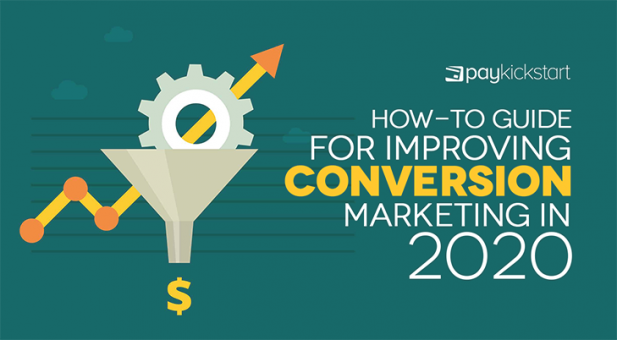
Conversion marketing will require a change of mindset for marketers in 2020. Below, we look at 14 points that you should be following if you want to improve your bottom line this year.
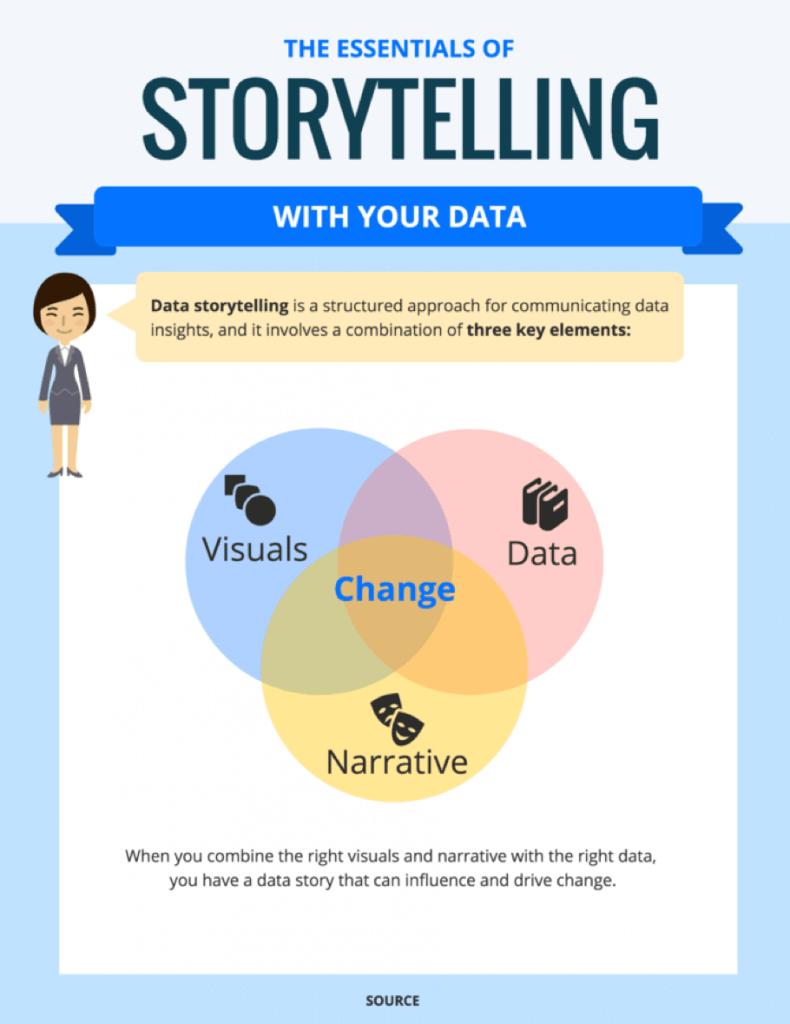
Source: Venngage
If you want to boost conversions in 2020, it is best to start focusing on creating attractive visuals—they have the power to grab people’s attention and entice them to click for more.
Using visuals in long-form content is also a good way to break the text into sections and improve readability.
On websites and social media, strong visuals like infographics and charts make your content stand out in the crowd of posts shared by competitors.
You can use a free infographic maker to create detailed infographics, charts, and presentations that you can easily customize and add your branding to.
However, it is important to remember that the visuals you create and use in your marketing have relevance to your topic—to see high conversions, imagery should enhance the content, not eclipse it.
In the same vein as the previous point, the content you create needs to offer your audience some additional value. Posting about your brand and your products is no longer enough.
The online audience has become wary of advertisements and of content masquerading as ads—they won’t click on those posts and you won’t get the conversions you are working for.
Instead of promoting your brand, your content should revolve around educating and entertaining your audience—give them a reason to engage with your brand, don’t sell to them.
Create content about the industry at large, about the specific pain points that your audience might be feeling, and offer your product as a solution.
This method will make it easier to increase conversions, rather than using the hard-sell approach.
Linkbuilding isn’t going anywhere—the methods and results have been evolving over the past few years, but this is one marketing technique that continues to deliver.
Invest time in writing guest posts, or alternatively, hire freelance writers who can create guest posts on your company’s behalf.
Guest posts are the kind of educational, value-added content that allow you to reach audiences, build your credibility, establish yourself as a thought leader, and get links.
We have mentioned the importance of visual content, which is excellent for trading for links—the better your visuals, the higher the chances of people wanting to link to it.
As a result, your visual content gets shared far and wide, increasing how many people you reach with a single piece of content.
Optimizing your linkbuilding strategy in 2020 will definitely pay off for your conversion marketing efforts.
Videos have become the go-to tool for achieving higher conversions, but in 2020, the length of your video content will greatly impact engagement rates.
There has been a lot of discussion about the ideal length of product promo videos, with most marketers veering towards shorter videos over the past five years.
But short isn’t necessarily good, especially not in the field of conversion marketing.
A short video may improve your completion rate, but is it actually encouraging people to act on your call-to-action?
In 2020, super-short videos won’t be the only way forward. Longer videos that are about 30 seconds will be able to share more information to your audience.
But even lengthier videos—over 10 minutes long—have the potential to improve conversions, especially on YouTube. This is tied into what we said earlier about quality, educational content.
If you can create long videos, including live videos, that are aimed at helping people rather than selling to them, you will see far better conversions from your audience.
Contrary to popular belief, influencer marketing is far from dead—in 2020, influencers will continue to play a massive part in connecting brands with their audience.
However, if you want to see high conversions, investing in influencers with millions of followers may not be the answer.
What we have been seeing in the run up to 2020 is that influencers with smaller followings—less than 100K or even 10K—guarantee much better conversions.
This is because the followers they have are more closely connected with the influencer, making purchases more likely.
Choosing such micro-influencers or nano-influencers will make it easier to target audiences in your specific niche, which will improve your conversions, and save you some costs.
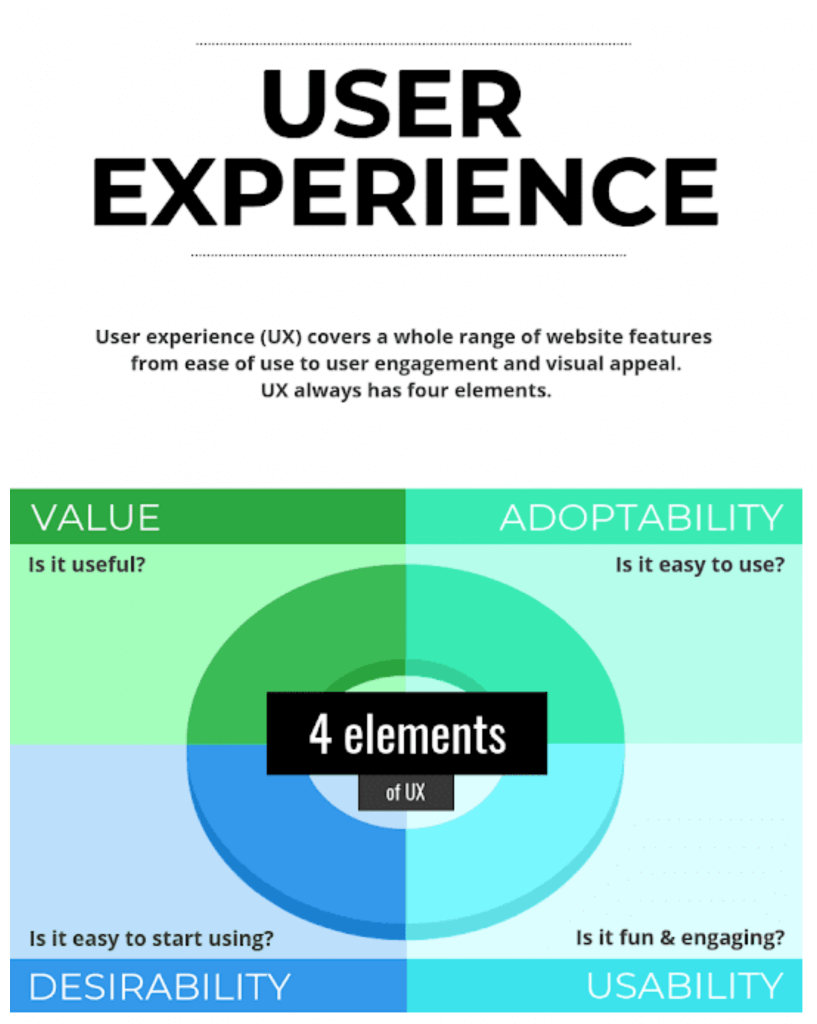
If you aren’t working on your mobile marketing strategy already, now is the time to do so.
Mobile usage has increased greatly in the last decade, which means marketing needs to be focused on a mobile audience, but without alienating the desktop audience.
Think of user experience when creating or updating your website—how is the menu going to appear? What segments need to stay static, and which ones dynamic?
Can you improve the scrolling experience for a mobile user? That would mean keeping the images you use to a minimum, and controlling their file sizes for faster website loading.
But, as we said, your mobile marketing plan cannot exclude other devices—test out your website on all devices to ensure a wholesome experience for all users.
2019 was the year that brought personalization into the spotlight, and this year is going to take it to another level.
Personalization starts from the very beginning—from including your client’s name in the email subject line or in the salutation, to tailoring content according to individual needs.
This has a massive impact on your conversions—to your customers, it looks like you have gone the extra mile to really know them.
Pair that with tailored content, and you are guaranteed conversions.
Look at the data you have on your audience and segment them into distinct user personas that you can create personalized content for.
Automation is the way of the future—instead of spending time manually creating and scheduling content, or analyzing data, automation ensures smooth functionality and great results.
You can use automation software to create and send emails, to schedule social media posts, and to remind you of upcoming events and follow-ups.
With marketing automation, you save on time and human resources that can be spent on other activities.
Speaking of automation, one of the newest and most popular ways of improving conversions is by using chatbots.
Chatbots have come a long way in the last few years, and are now popping up on every business site you visit.
These chatbots can be easily created using online software, and implemented on your website, or social media without much hassle.
Plus, thanks to recent improvements in machine-learning software, chatbots can not only quickly answer customer queries, but learn from the responses they receive.
With the help of chatbots, you can free up staff to focus on other priority areas, while improving customer satisfaction.
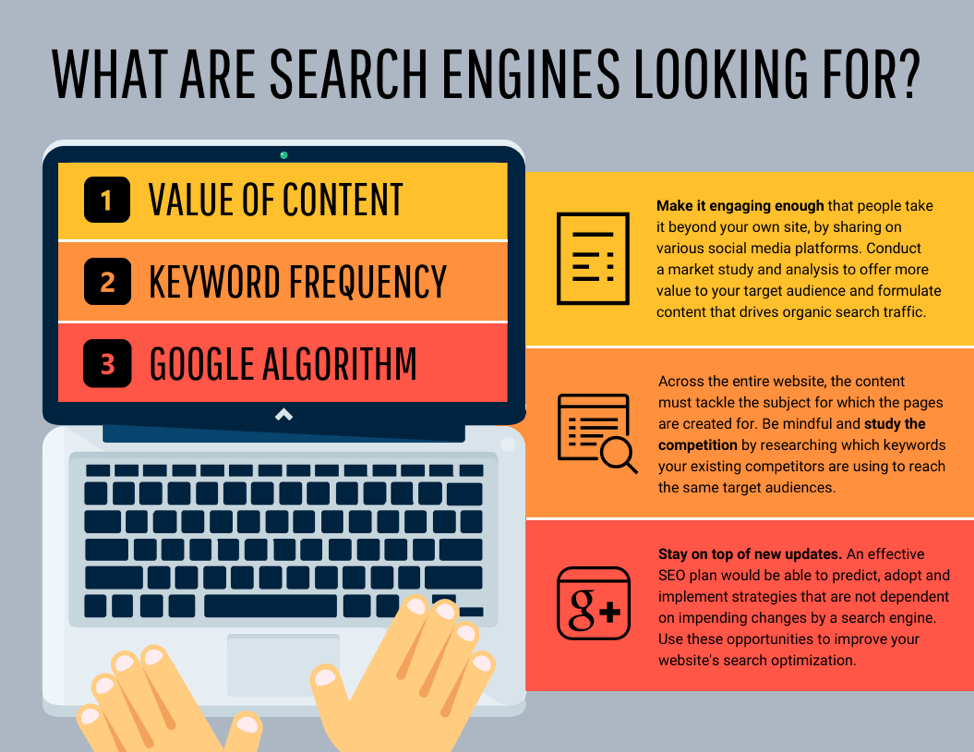
SEO is still an important aspect of conversion marketing—which means optimizing the use of your keywords across your content will have to remain a priority.
But what kind of keywords are we talking about? Short keywords that are only a word or two long are becoming so common now that they are practically impossible to rank for.
On the other hand, long-tail keywords can be difficult to incorporate across the title, body copy, and subheadings of your posts.
The answer is in finding those mid-length keywords or phrases that answer the questions users will ask without impacting the way you write your content.
And the key to making this process work is to focus on the length of your content, as well. Don’t write short 300-word blog posts—1000+ words of content will rank you higher instead.
There is another reason why you need to change the way you work with keywords in 2020—voice search.
With the rise of Amazon Echo and Google Home, in addition to iPhone’s Siri, and Microsoft’s Cortana, users are changing the way they search for items and answers online.
This will require a change of tack from businesses—instead of focusing on keywords from a text-only perspective, you need to analyze how your keywords work in spoken language.
In other words, it is time to get conversational with your conversion marketing tactics—how is your content answering questions for users who aren’t typing their queries, but asking it?
Tailor your content to these changes and you will be able to show up in more relevant searches for your clients, which will lead to better conversions.
There are several benefits to remarketing—chief among them that you are reaching out to people who have already been converted to customers.
You can get statistics on who to retarget through your social media analytics, Google analytics, and through manually checking your sales sheets.
There are remarketing automation services now available that will help you find the customers that you can remarket to and some of them even suggest which products will be suitable.
In 2020, don’t lose out on remarketing opportunities—they will help you build a loyal customer base and grow your conversion rates.
One of the aspects of marketing that often gets left behind is identifying which channels are bringing in the most traffic.
While it is important to know what content is doing better than others, you should also be studying which channels are better frequented by users.
This will help you decide which channels to focus your efforts on—there are so many channels available now that it can be difficult to optimize them evenly.
Analyze which channels are bringing in more traffic and concentrate your conversion marketing strategy on those channels so you can achieve the best results.
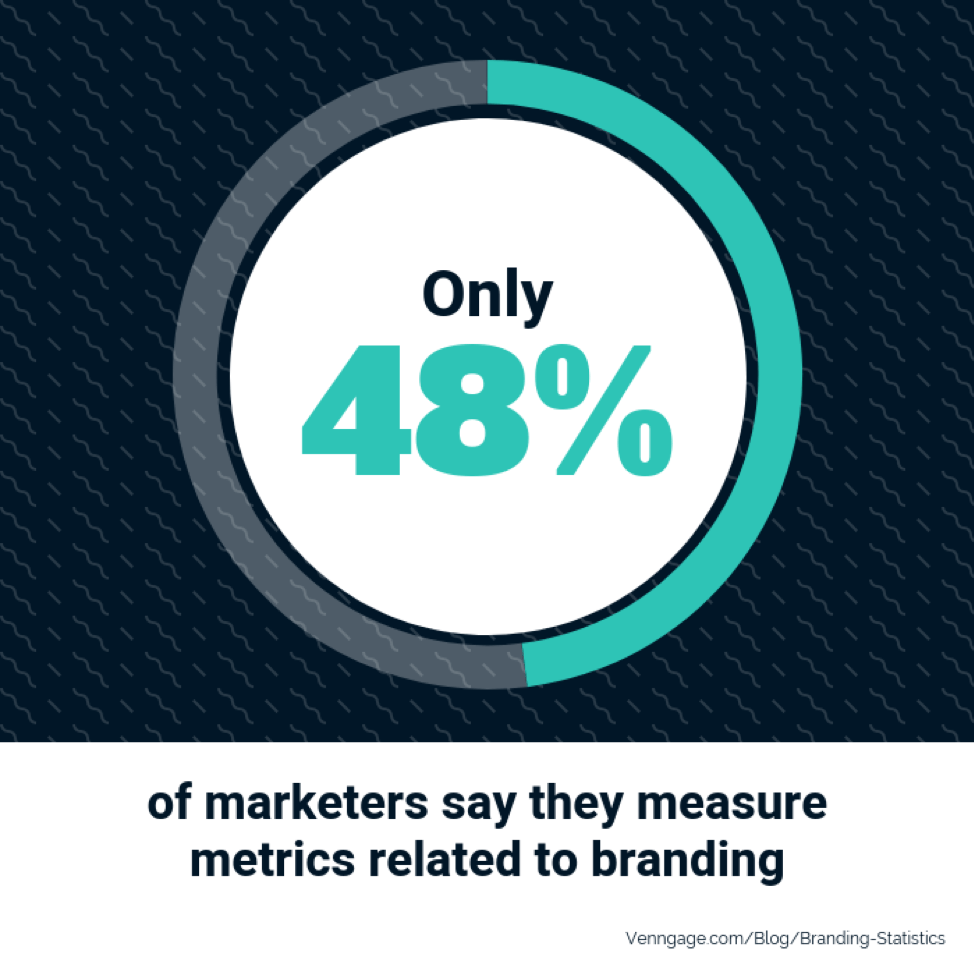
Finally, as we step into 2020, marketers need to understand that not all marketing metrics are created equally.
A number of KPIs that have been the focus of marketing efforts have since been shown to have little impact on the bottomline.
These are often vanity metrics such as likes and shares that look good on a chart but do little for your conversions.
Start looking at click-through rates, return rates, completion rates—particularly for long-form text and video content—so you can better understand which content is doing well.
Conversions aren’t just great for the bottomline—they can also help you create a loyal base of customers and improve your company’s growth.
The above 14 points will help you improve your conversion marketing strategy for 2020 and beyond—update your marketing plan template using the above as soon as possible.
But don’t think of these points as exhaustive—marketing is an arena that is constantly evolving and you should be ready to change with it.
Ronita Mohan is a content marketer at Venngage, an infographic template and design platform. She enjoys writing about digital marketing, sharing productivity tips, examining pop culture, and championing the need for representation.
Read More About Ronita Mohan